Windsurf + DeepSeek + o3-mini = RIP Coding
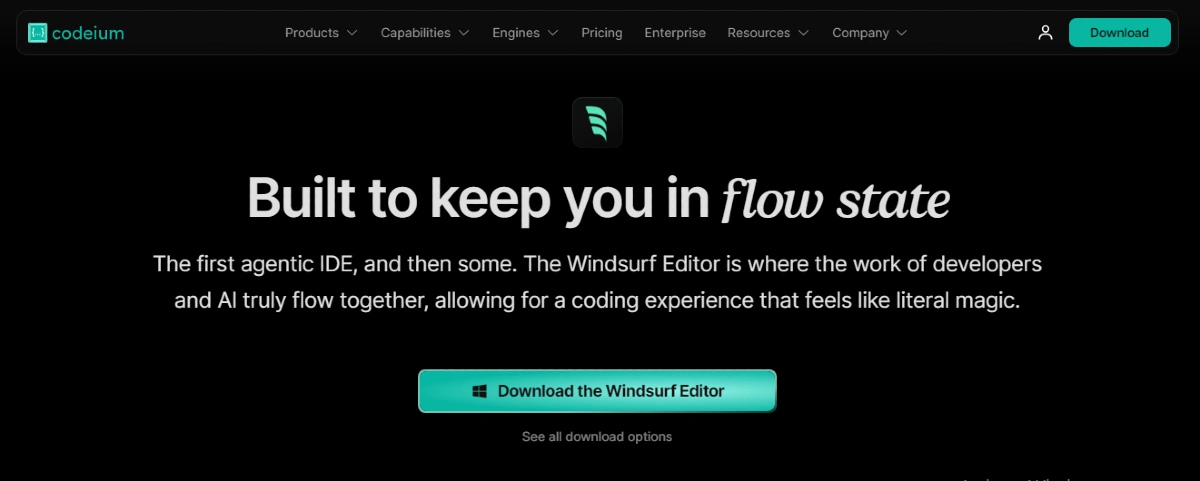
The coding landscape is massively disrupted. Traditional development methods are strained under tight deadlines, complex requirements, and the constant pressure to deliver faster.
Developers struggle with repetitive tasks, time-consuming debugging, and the challenge of staying productive. But here’s the game-changer: Windsurf’s integration with DeepSeek and o3-mini transforms how we build software.
This powerful combination turns hours of coding into minutes, converts blog posts into working applications, and handles everything from game AI to authentication systems.
Welcome to the new era where coding as we know it evolves into an AI-augmented craft.
Understanding the Components
The fusion of three powerful technologies marks a significant shift in how developers approach coding.
This combination combines an innovative IDE with two cutting-edge AI models, creating a synergy that challenges traditional programming paradigms.
Windsurf

Modern software development demands tools that enhance productivity without compromising quality. At its core, Windsurf is an AI-powered IDE that revolutionizes developers’ interaction with code.
Windsurf introduces Cascade Agent, a system that intelligently manages coding workflows and automates repetitive tasks.
Developers can create custom rules through Cascade Memories, which automatically apply predetermined actions based on specific conditions.
One standout feature lets users generate full-stack applications simply by dropping tutorial URLs into the IDE. The editor maintains developers in a flow state, reducing context switching and increasing focus.
Web search capabilities enable automatic tutorial implementation, transforming written guides into functional applications.
Thanks to automated command execution, safe operations run automatically while risky tasks await approval, streamlining the development process without compromising security.
DeepSeek Models
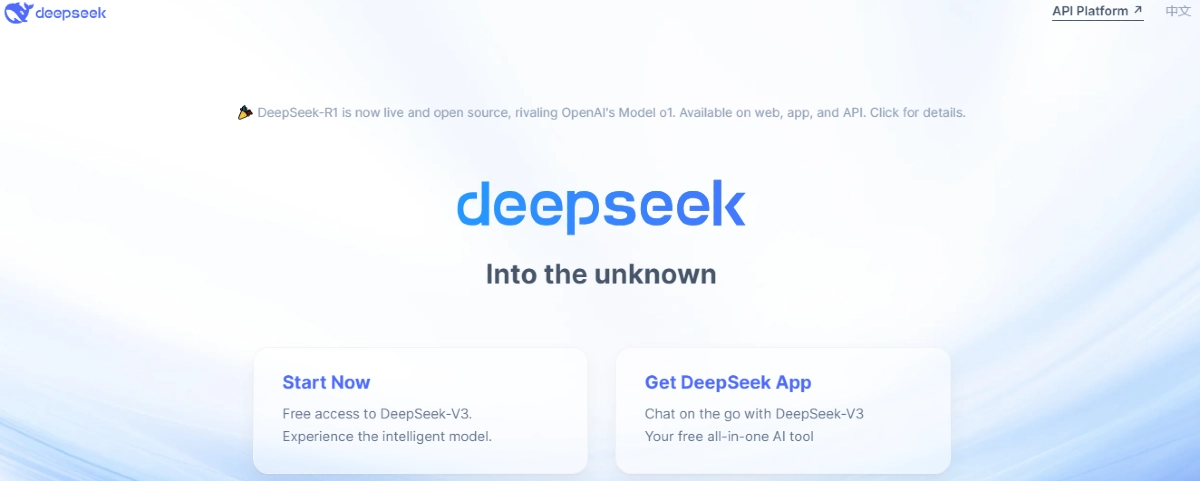
Artificial intelligence in coding has evolved significantly, with DeepSeek’s R1 and V3 models showcasing remarkable capabilities. These models operate on Western servers, ensuring data security and reliable access.
Through sophisticated reasoning abilities, DeepSeek processes complex coding requirements and generates appropriate solutions.
The R1 model particularly shines with its tool-calling feature, allowing it to function as a coding agent.
Both models demonstrate strong performance in multi-file operations and an understanding of project context.
DeepSeek’s integration into Windsurf’s Cascade Agent enables seamless code generation, bug fixing, and feature implementation.
The models maintain code consistency across large projects and adapt to existing codebases.
Their ability to analyze and extend functionality while preserving architectural patterns makes them valuable assets for development teams.
OpenAI’s o3-mini
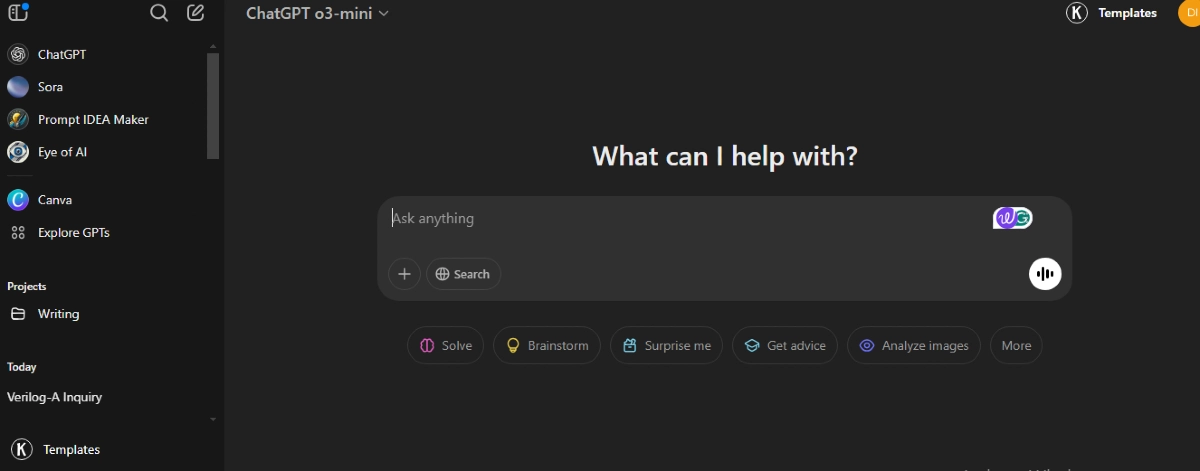
Speed meets efficiency in OpenAI’s o3-mini, a model that brings rapid reasoning capabilities to coding tasks.
Despite its compact size, the o3-mini handles complex development scenarios with impressive competence. The model shows particular strength in quick iterations and small-to-medium-scale feature implementations.
When integrated into development environments, o3-mini excels at tasks like adding authentication systems and creating game logic.
Through its integration with Windsurf, developers can leverage its capabilities for both autonomous coding and assisted development.
The model understands the project context and can implement features while maintaining existing codebase patterns.
Its quick response time and efficient processing make it suitable for real-time development scenarios.
What sets o3-mini apart lies in its balance between speed and accuracy, delivering usable code without extensive delays.
Integration of DeepSeek and o3-mini into Windsurf
Bringing together powerful AI models with a sophisticated IDE creates a groundbreaking development environment.
This integration transforms how developers interact with code, shifting from manual typing to intelligent collaboration with AI systems.
Technical Integration
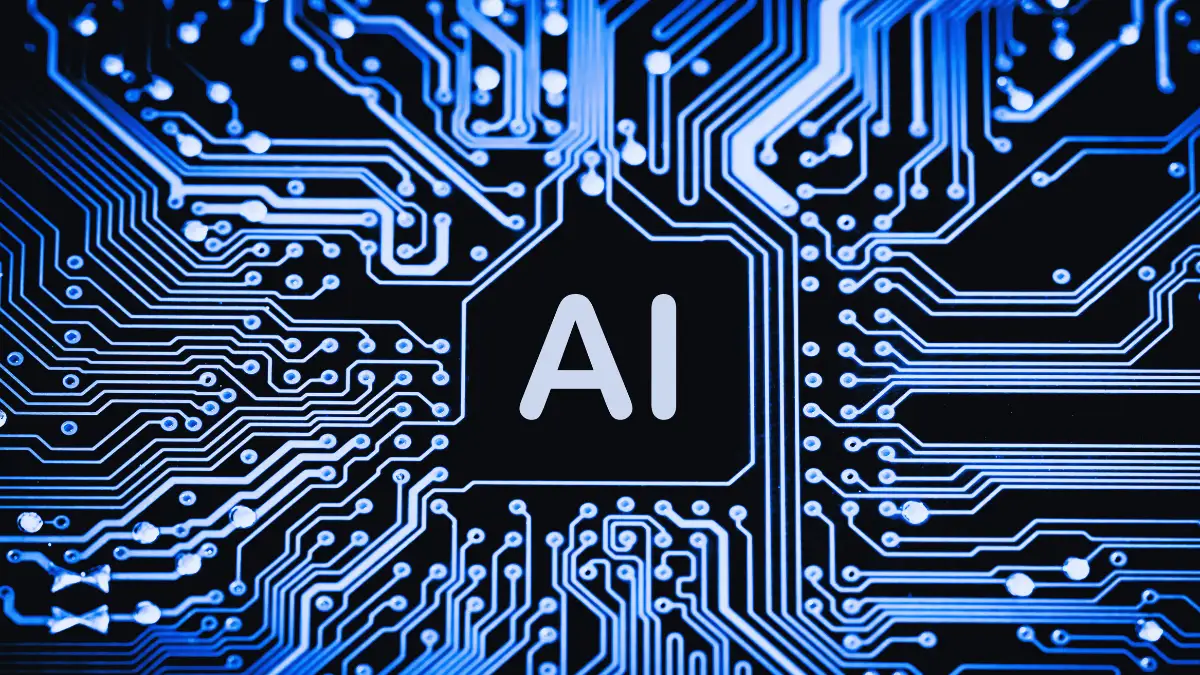
The combination process begins with Windsurf’s Cascade Agent system, which serves as the foundation for AI model integration. Each model requires specific adaptations to work within the IDE’s framework.
For DeepSeek models, the integration focuses on maintaining their reasoning capabilities while adding tool-calling features.
Engineers implemented custom protocols to handle the communication between DeepSeek’s processing units and Windsurf’s development environment.
The o3-mini integration presented unique challenges due to its specialized reasoning approach. Teams developed new handlers to manage o3-mini’s response patterns and integrate them smoothly with existing IDE features.
Both models now operate through Windsurf’s interface, allowing seamless switching between them. The integration process prioritized maintaining low latency and high responsiveness, crucial factors for developer productivity.
Security measures ensure all data processing happens on designated Western servers, addressing privacy concerns while maintaining performance.
Enhanced Features Post-Integration
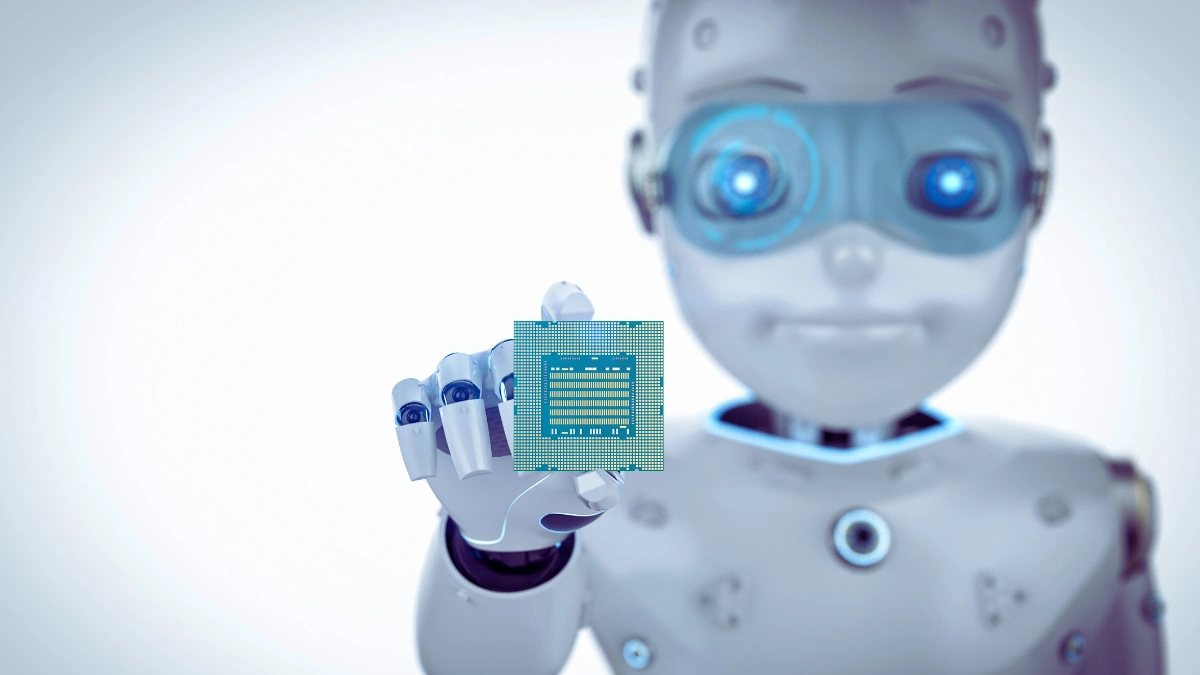
Following successful integration, new capabilities emerged that transformed the development workflow.
Cascade Memories revolutionizes how developers handle repetitive tasks by creating and applying custom rules automatically. The system learns from user preferences and project patterns, streamlining future operations.
Web search capabilities now enable automatic tutorial implementation, converting blog posts into working applications.
Automated Command Execution intelligently manages safe operations while flagging risky ones for review.
The integration enables real-time code analysis and suggestions, with both models contributing their strengths to different aspects of development.
Developers can now build full-stack applications with minimal manual coding, thanks to enhanced project understanding and code generation capabilities.
The combined system shows a remarkable ability to maintain code consistency across large projects while adapting to existing architectural patterns.
These improvements significantly reduce development time without compromising code quality or security standards.
Comparative Analysis: Windsurf vs. Cursor
Modern AI-powered development environments offer different approaches to code generation and developer assistance.
Understanding these differences helps developers choose tools that match their workflow needs and project requirements.
Model Availability and Integration

A significant difference emerges when examining how each platform handles AI model integration. Windsurf provides comprehensive support for DeepSeek R1, V3, and o3-mini through its Cascade Agent system.
Their implementation allows these models to function as coding agents, offering full access to tool calling and multi-file editing capabilities.
Cursor currently limits DeepSeek models to chat interactions, while their Composer feature works exclusively with OpenAI and Anthropic models.
The pricing structure reflects these differences, with Windsurf charging $15 for Pro access compared to Cursor’s $20 subscription.
Both platforms offer o3-mini support, yet Windsurf’s integration proves more robust through their Cascade system.
The ability to seamlessly switch between models gives developers flexibility in choosing the right tool for specific tasks.
Access to Western-hosted servers ensures reliable performance and data security across all integrated models.
o3-mini is now available in Windsurf! pic.twitter.com/wts41mZHe8
— Windsurf (@windsurf_ai) January 31, 2025
Performance Metrics

Real-world testing reveals distinct performance patterns between these platforms. Implementing Supabase authentication in a 240,000-token codebase shows varying results.
Cursor with o3-mini struggles with import errors and unformatted code output, often requiring multiple attempts to achieve working results.
Windsurf demonstrates better stability, though initial response times can be lengthy due to hidden reasoning processes.
Claude 3.5 Sonnet consistently outperforms other models on both platforms, completing complex tasks in roughly 90 seconds.
Resource utilization varies significantly: a typical implementation in Windsurf consumes about 12 user prompt credits and 23 flow action credits.
Response times differ notably, with DeepSeek R1 showing immediate thinking processes while o3-mini takes longer for initial responses.
Success rates for first-attempt implementations favor Windsurf, particularly when using multiple models in combination.
Code quality measurements show higher consistency in theme adherence and error handling through Windsurf’s integrated approach.
Implications for the Future of Coding
Traditional programming undergoes a fundamental transformation as AI tools reshape development practices.
This evolution signals a shift from manual coding to AI-augmented development, changing how we approach software creation.
Redefining the Role of Developers

Software development roles evolve rapidly as AI tools handle increasing portions of code generation.
Developers now focus more on system architecture, problem definition, and strategic decision-making rather than writing every line of code.
The skillset requirements shift toward understanding AI capabilities and crafting effective prompts. Modern developers spend time reviewing AI-generated code, ensuring it aligns with project requirements and maintaining overall system quality.
Knowledge of design patterns and architectural principles becomes more crucial than memorizing syntax.
Teams adapt to new workflows where AI handles routine implementations while humans tackle complex problem-solving and creative aspects.
The relationship between developers and code transforms into a collaborative partnership with AI systems.
Success in this new landscape requires strong analytical skills and the ability to guide AI tools effectively.
Career paths now emphasize expertise in AI tool orchestration and high-level system design.
Broader Impact on the Software Industry

Software development cycles accelerate dramatically with AI assistance, reshaping project timelines and resource allocation.
Companies reassess their development processes, moving away from traditional coding-heavy approaches.
Budget considerations change as AI tools reduce the need for large development teams while introducing new costs for AI services.
Project planning adapts to account for rapid prototyping and implementation capabilities. Industry standards have evolved to include AI-assisted development practices in quality assurance processes.
Small teams can now tackle projects that previously required significant manpower. The competitive landscape shifts as development speed becomes less dependent on team size.
Organizations invest in training programs focused on AI tool mastery rather than traditional coding boot camps. Software maintenance patterns change with AI systems handling routine updates and bug fixes.
The industry moves toward a model where human creativity and strategic thinking drive development, while AI manages implementation details.
Tired of 9-5 Grind? This Program Could Be Turning Point For Your Financial FREEDOM.

This AI side hustle is specially curated for part-time hustlers and full-time entrepreneurs – you literally need PINTEREST + Canva + ChatGPT to make an extra $5K to $10K monthly with 4-6 hours of weekly work. It’s the most powerful system that’s working right now. This program comes with 3-months of 1:1 Support so there is almost 0.034% chances of failure! START YOUR JOURNEY NOW!




